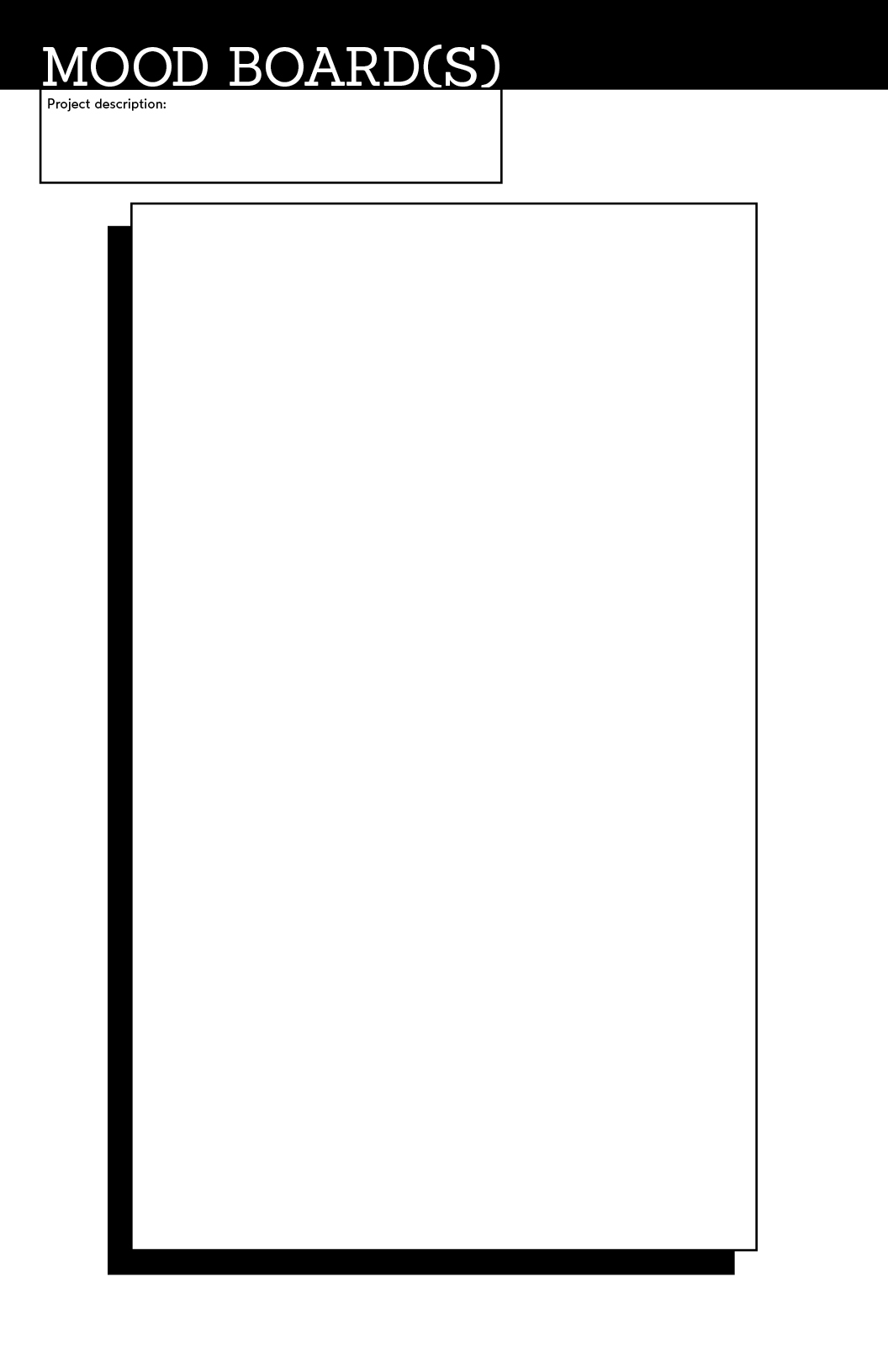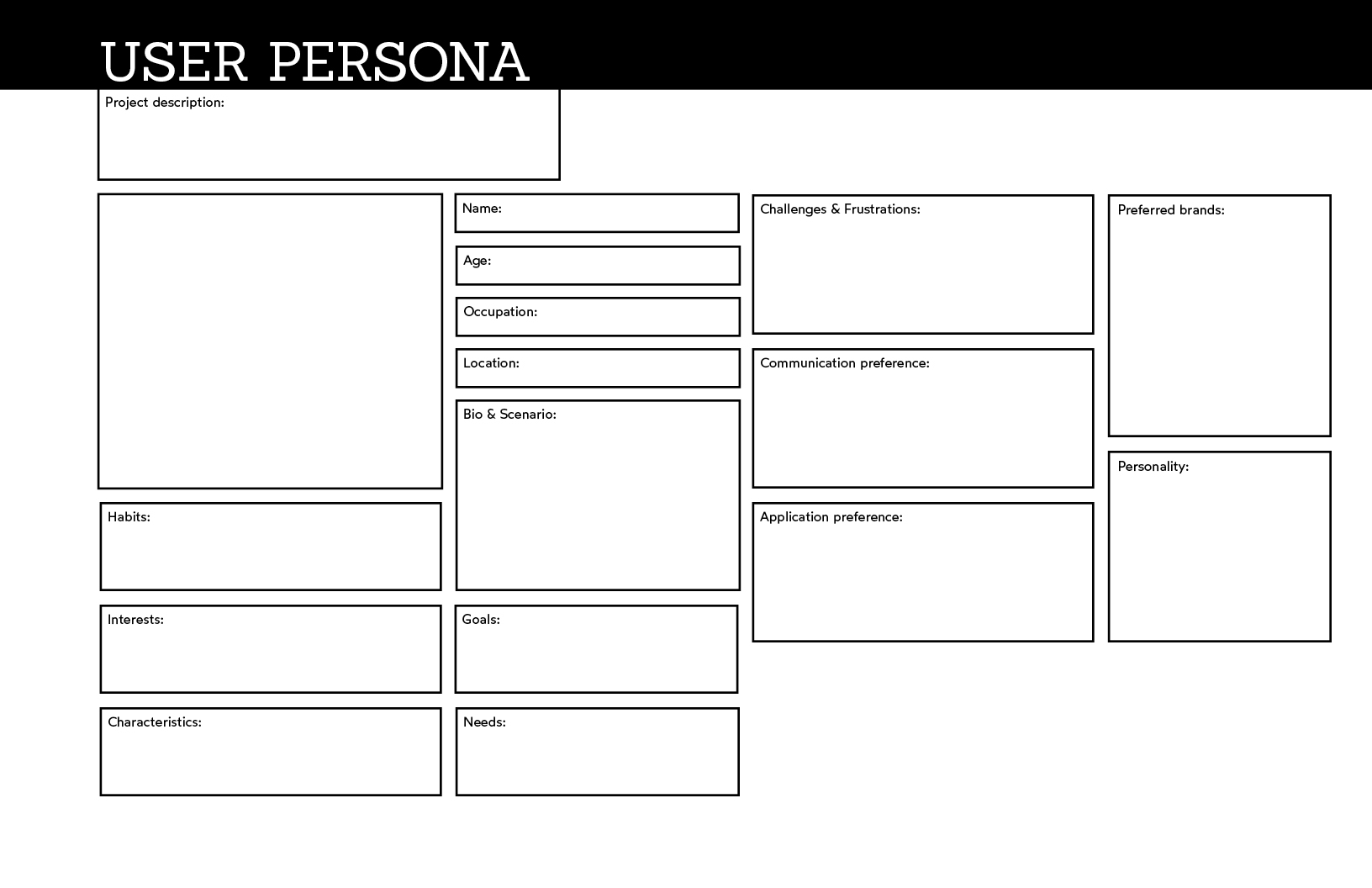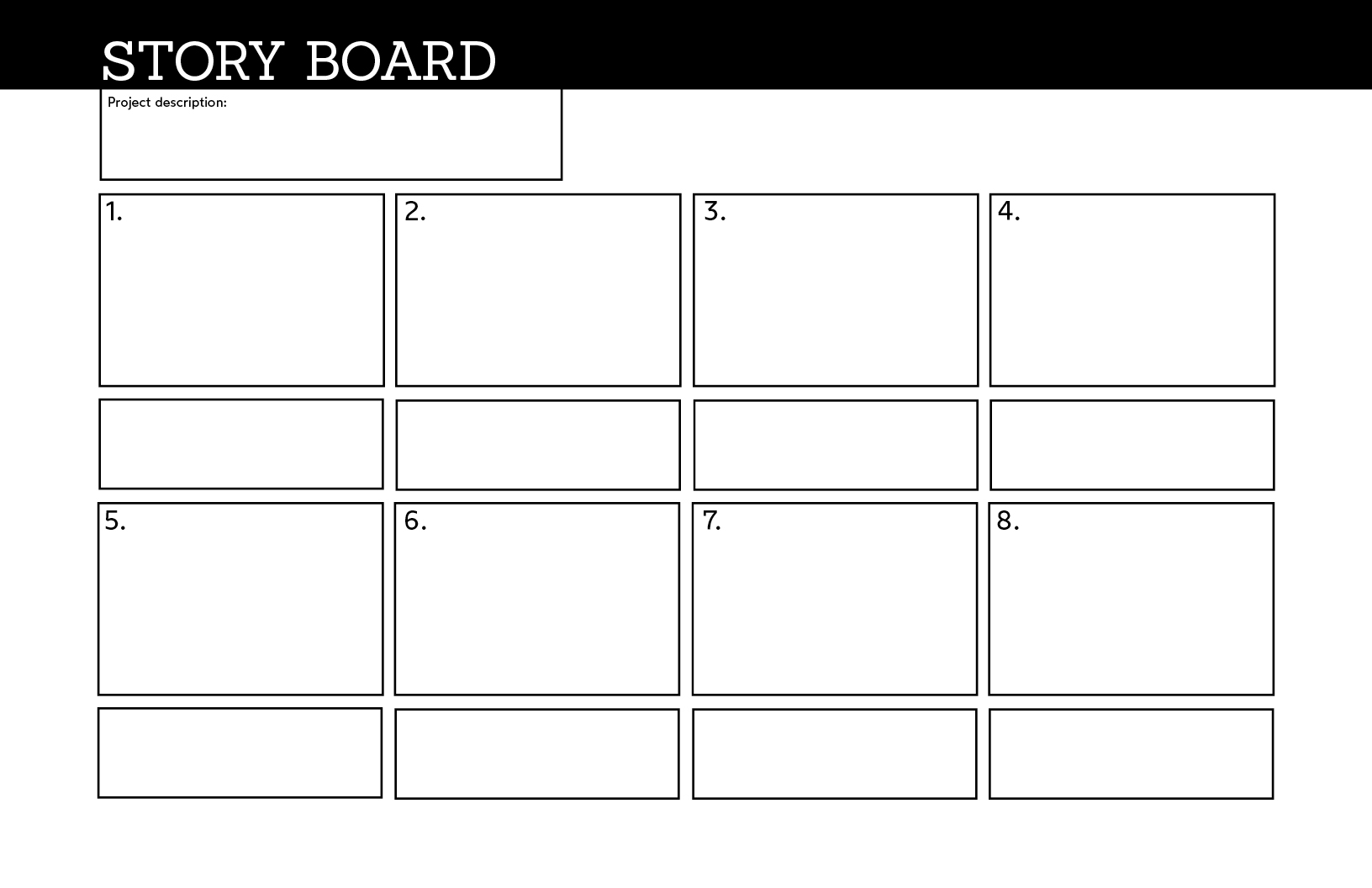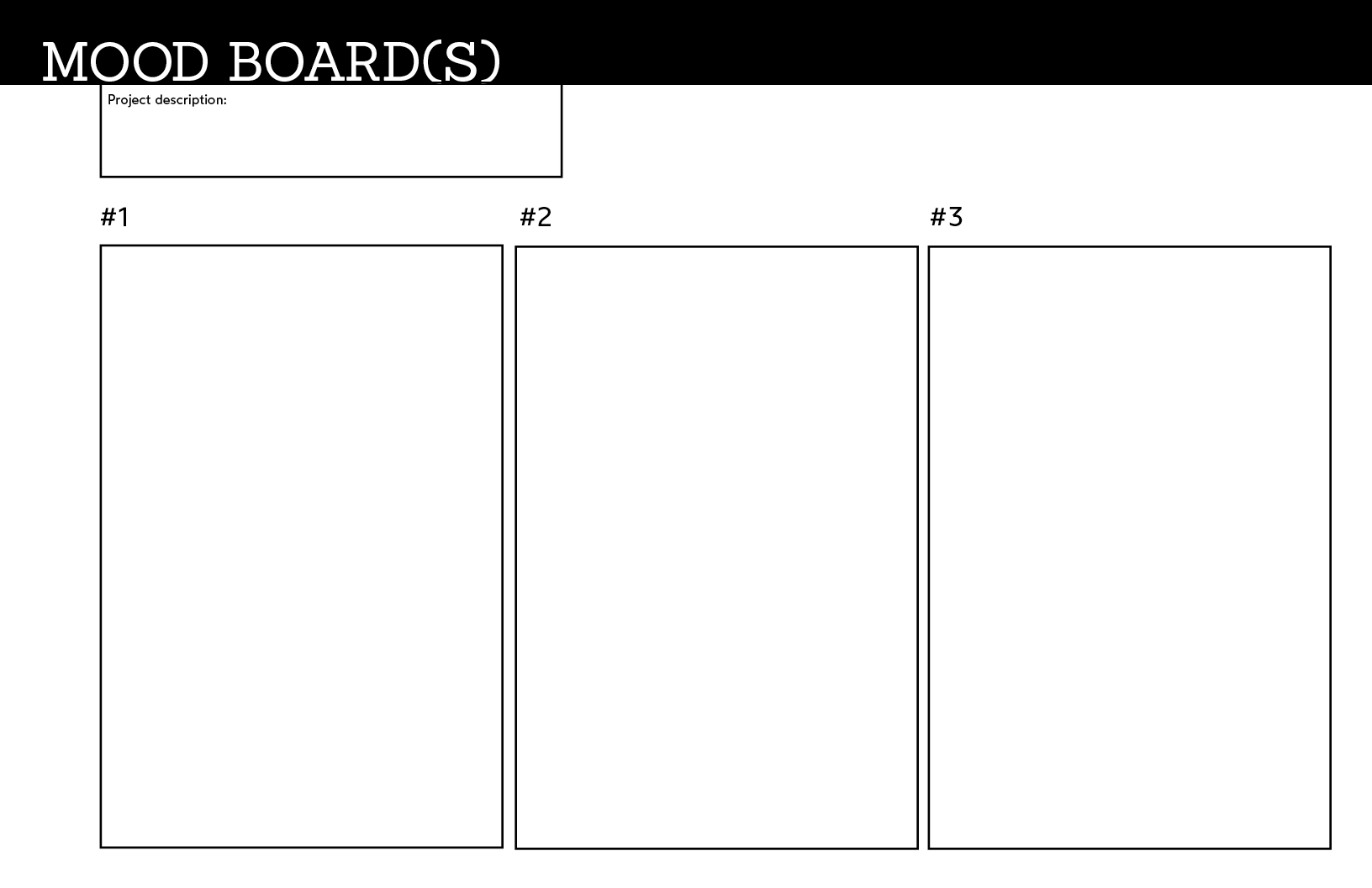The Design Activist’s
Guide to
Design Thinking
Design thinking methods can provide a method of preplanning for design activist to use to create useful and educational graphics. Design thinking acts as the strong foundation for a well-designed graphic to stand firmly on.
Design Activism
with a
purpose
This technique of preplanning allows for the designer to have all the important questiones answered before they start desinging, allowing for the design to do exactly what it’s intended to do.
There are a variety of design thinking methods used by designers universally. Some of the most popular include: Storyboards, Moodboards, and user personas.
Mood boards
Mood boards are the accumulation of visual inspiration into boards to determine which visual direction best fits the design project.
Story boards
Story boards are a technique used to visualize the possible path of interaction with a design project, encouraging the user to really think out what they’re saying.
User Personas
User personas are the study and creation of a targeted audience used to determine the best way to formulate a design.
“the use of these design thinking techniques, along with other methods, ensures that the graphics made by design activist are made well and properly. When the preplanning of a graphic is done thoroughly and efficiently, it benefits the experience the graphics have to offer when posted on social media.”
Umbrella question
Asking oneself what the purpose of your design is tends to be an umbrella term, opening up the idea of design thinking methods. Asking why, what, and who offers a deeper understanding of the project at hand.
Why?
Who?
Various professional groups use a technique called user personas in order to gain an understanding of the possible audience a product or message will be received by. For designers, user personas are generally defined as made up and generalized beings that encompass the specific and believed desires of a design or product, by doing this it becomes easier to tailor the content to a variety of groups of people.[1]
[1]Spenser Thompson, Nicole Eva and Erin Shea. “Watching the Movie.” American Library Association (Fall 2017): 17-19.
.
What?
Why?
Mood boards can play an essential role in connecting the message of the graphic with the target audience through visual identity. By nailing down the style of a graphic through this method, the designer can begin to answer the why. Mood boards look to optimize the ‘why’ of a graphic rather than making decisions for it in a satisfactory way[1]. Mood boards are essentially physical or digital renditions of collages that feature anything from images, patterns, color schemes, to type, etc. they represent a set of design styles that act as options for the final graphic. It becomes the designer’s responsibility to define the why through the use of mood boards and connect the audience with the why.
[1]Cross, Nigel. “Designerly Ways of Knowing.” Design Studies (October 1982): 221-227.
Not only do mood boards solidify the ‘brand’ of the eventual final product of the graphic, but it also instills the idea of problem solving and pattern synthesis. Mood boards confirm the process of design being a process of pattern synthesis instead of pattern recognition, it inspires actively constructing the solution through the efforts and decisions of the designer and the information gathered from the discussed techniques[1]. Because mood boards are one of the first things a designer does before creating, it’s also important for a design activist to do this as well, that way as they gather inspiration and make decisions, they are continuously asking themselves why?
[1]Cross, Nigel. “Designerly Ways of Knowing.” Design Studies (October 1982): 221-227.
How to use:
Here is a mood board work sheet, this can be used to organize visual inspiration in a clean and concice way. A video demonstration has also been included, breifly explaining the process. Enjoy!
Who?
Personas can be executed in two different ways:
- Creating a specific individual based on observed tendencies and habits and using this ethnographic information to build more persona profiles
- OR selecting a small portion of a group to use as a broad, generalization of what the intended targeted audience would react to the product or design at hand
Both options obtain essential information to creating an understanding of the intended audience, and by doing this one can create a design more efficiently. Personas are essentially meant to represent a smaller portion of your target market[1], so in the case of activist graphic on social media it would be the followers or friends. This design thinking technique presents a new perspective and results by combining a distant design abstraction and human behavioral interactions and research through the observation and description of a group of people.
[1]Beashel, Aaron. The Complete, Actionable Guide to Marketing Personas + Free Templates. n.d. 27 February 2021.
With Design activism the need to tap into the human experience becomes vital, user personas specifically target behaviors and habits that can then be used to better the design and amplify the purpose. While design at its essence is problem solving, it becomes more complicated, user personas give clarification on the intended audience, answering the question of who you are speaking to. Having this clarification allows for the graphic to be seen on functional and conceptual level[1], synthesizing solutions and creating more of a connection between the actions and feelings of the viewer.
[1]Shute, Rim Razzouk And Valerie. “What Is Design Thinking and Why Is It Important?” Review of Educational Research (September 2012): Pg. 340
How to use:
Here is a user persona work sheet, this can be used to organize visual inspiration in a clean and concice way. A video demonstration has also been included, breifly explaining the process. Enjoy!
What?
Not only do mood boards solidify the ‘brand’ of the eventual final product of the graphic, but it also instills the idea of problem solving and pattern synthesis. Mood boards confirm the process of design being a process of pattern synthesis instead of pattern recognition, it inspires actively constructing the solution through the efforts and decisions of the designer and the information gathered from the discussed techniques[1]. Because mood boards are one of the first things a designer does before creating, it’s also important for a design activist to do this as well, that way as they gather inspiration and make decisions, they are continuously asking themselves why?
[1]Cross, Nigel. “Designerly Ways of Knowing.” Design Studies (October 1982): 221-227.
How to use:
Here is a story board worksheet, this can be used to organize visual inspiration in a clean and concice way. A video demonstration has also been included, breifly explaining the process. Enjoy!
Your turn:
The synthesis of design activism and design thinking techniques derives from a need to take the graphics created within this field deeper. With the mass amount of media constantly being passed through social media platforms every day, it makes for the perfect place for design activist graphics to be displayed in an effort to raise awareness and invoke action. There has to be a clear and honest purpose established for the graphic for the feelings and actions of the viewer to be impacted. Design thinking techniques and methods help establish not only the purpose of the graphics or series of graphics, but also the important questions that follow.
Collectively the use of these design thinking techniques, along with other methods, ensures that the graphics made by design activist are made well and properly. When the preplanning of a graphic is done thoroughly and efficiently, it benefits the experience the graphics have to offer when posted on social media.
Design Thinking Worksheets
A collection of worksheets to help facilitate the dicussed design thinking methods has been provided below. Clicking the worksheets will take you to a google doc link where each worksheet can be downloaded and used as seen fit. Enjoy!




